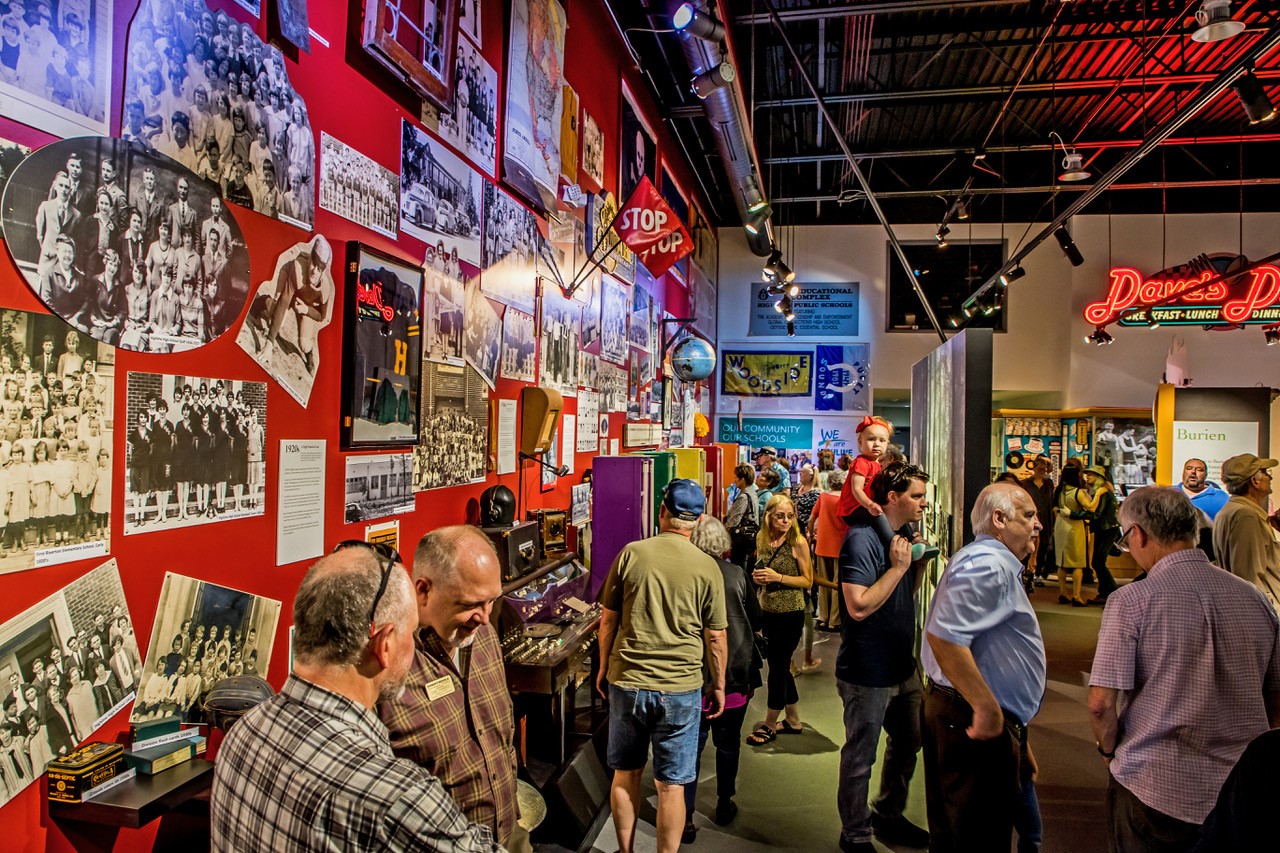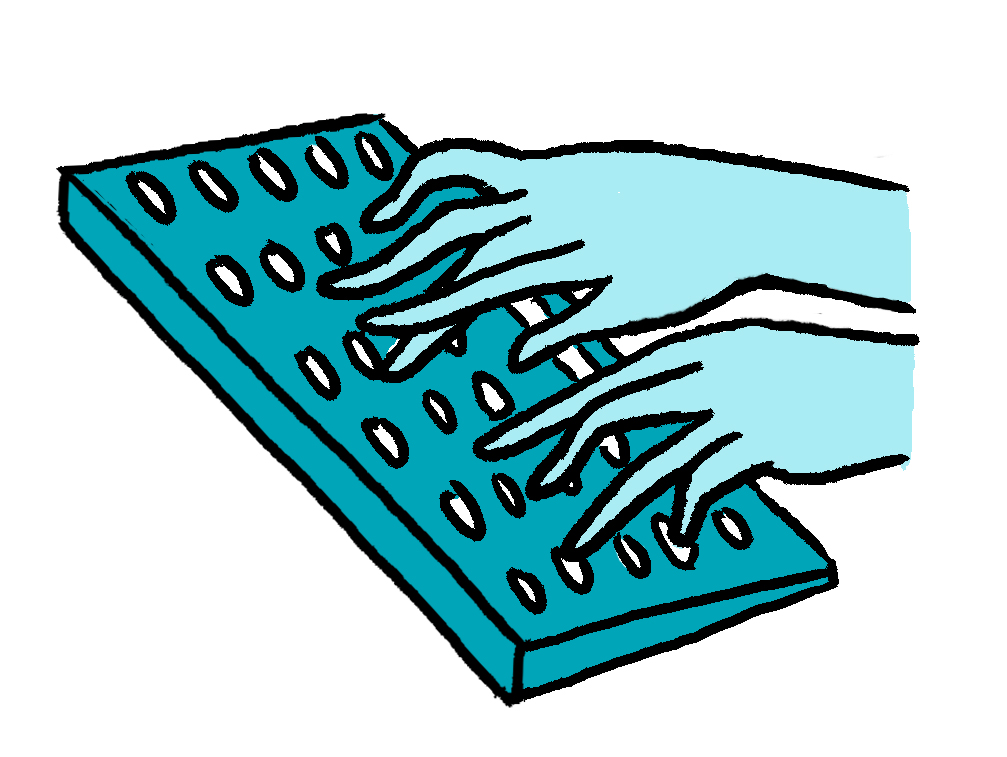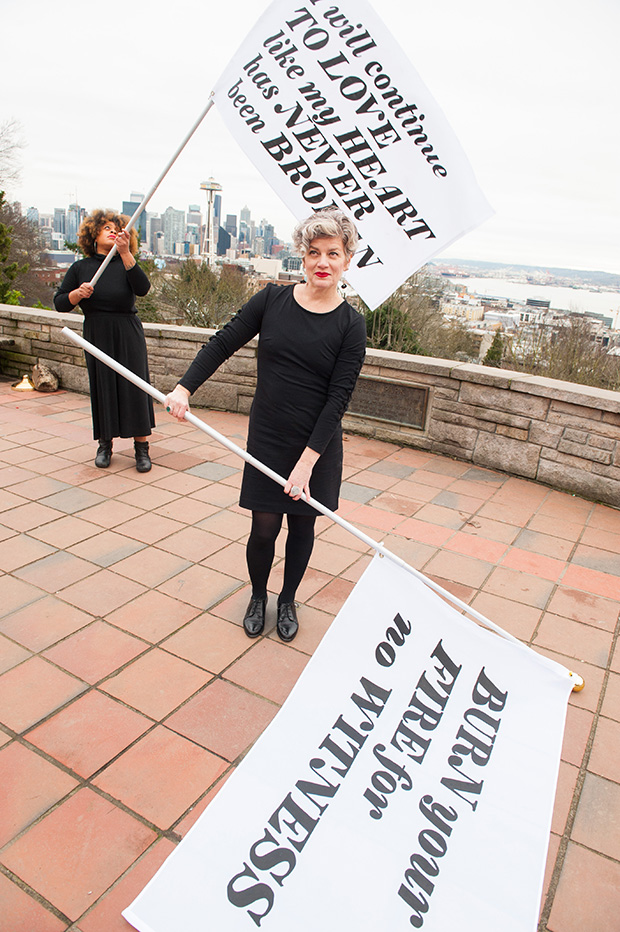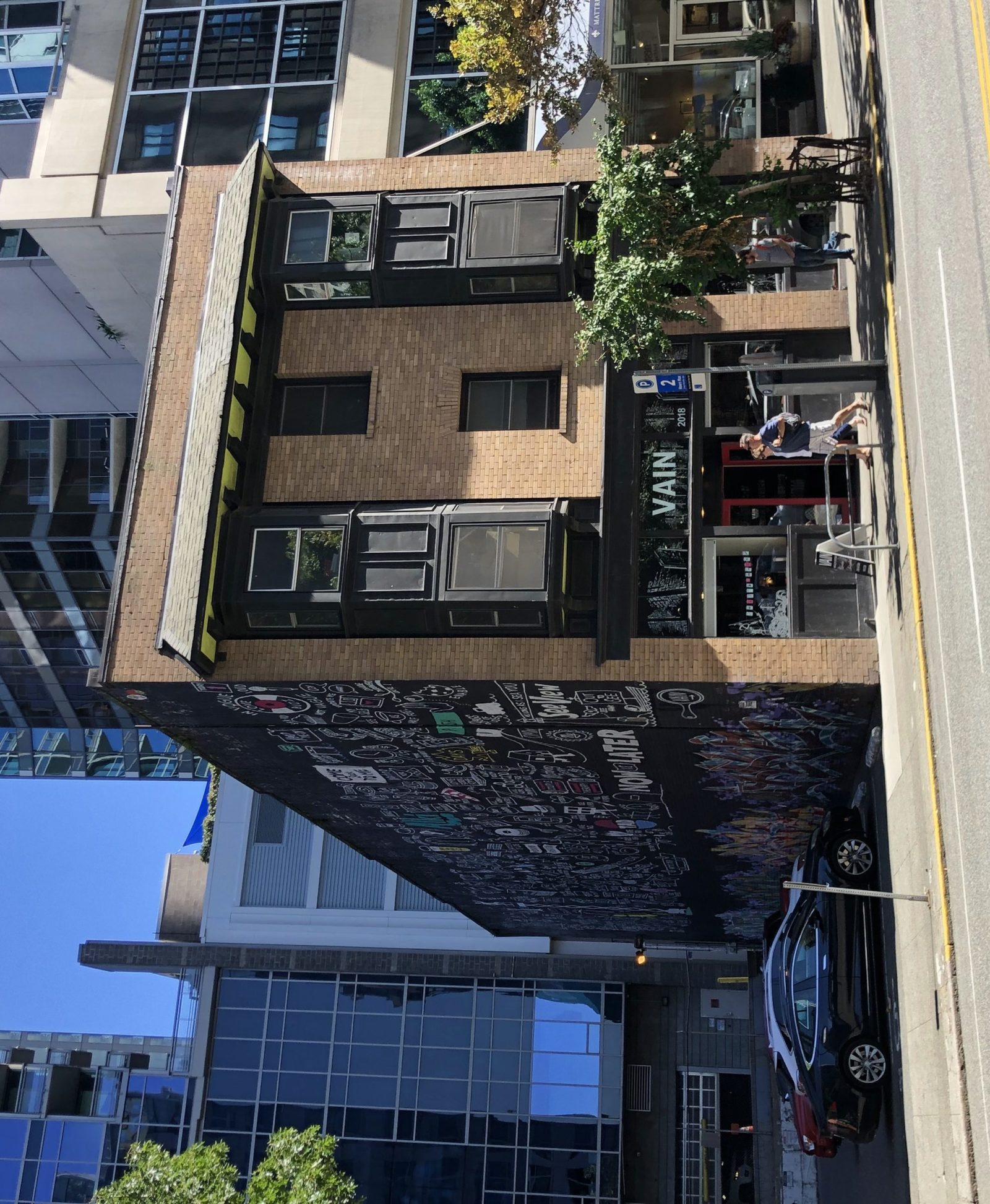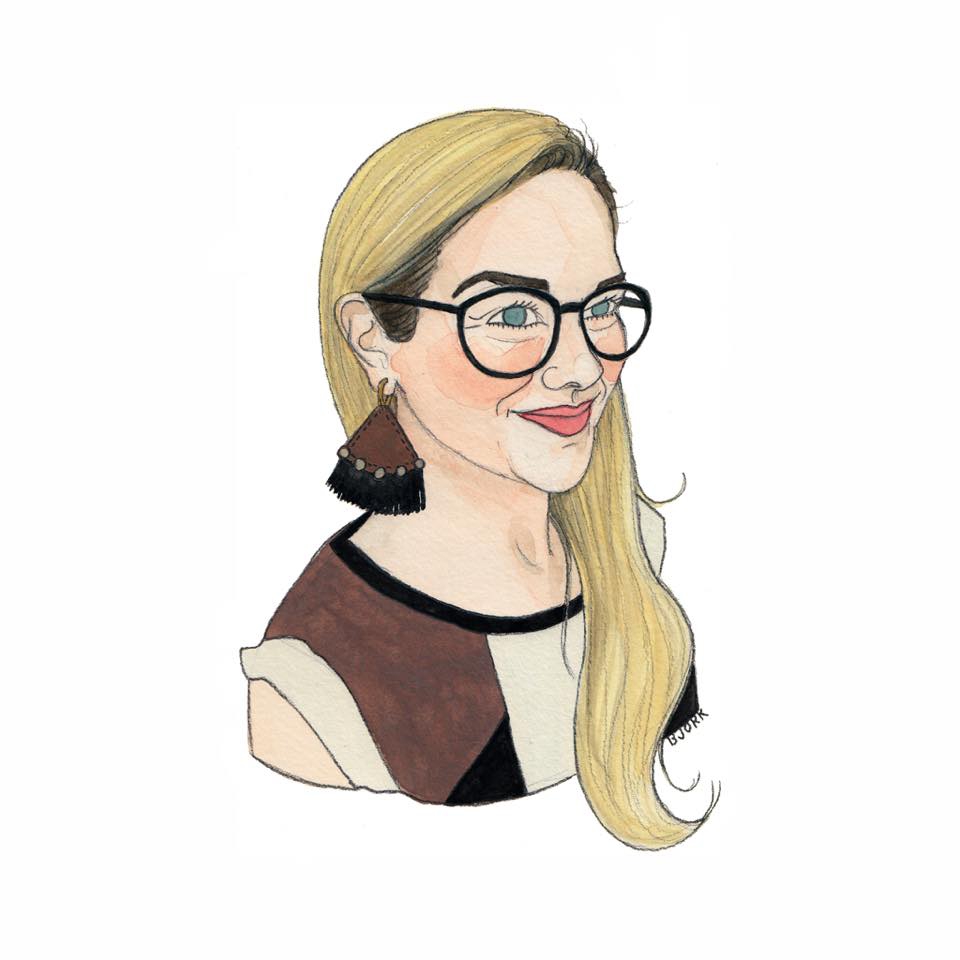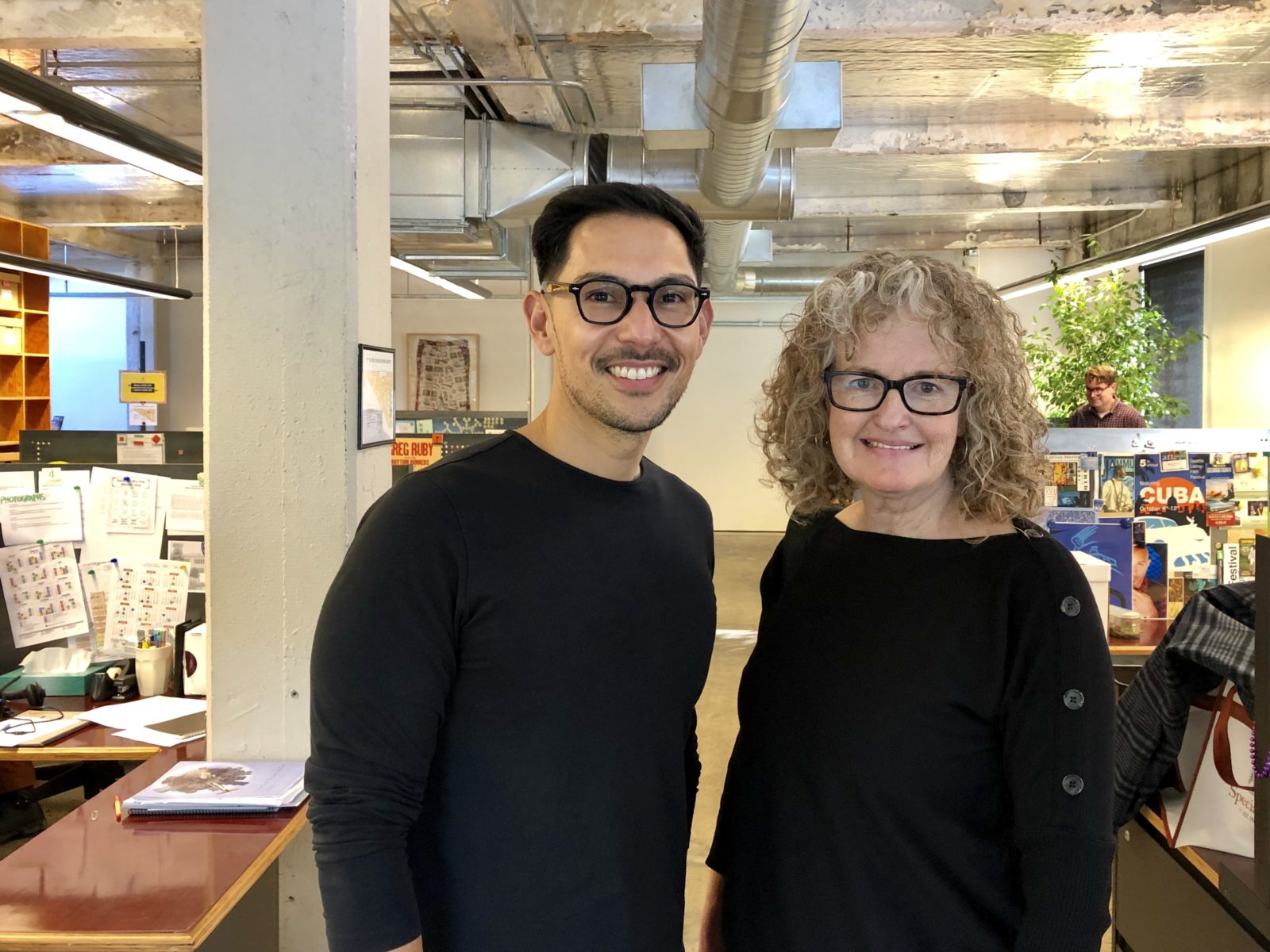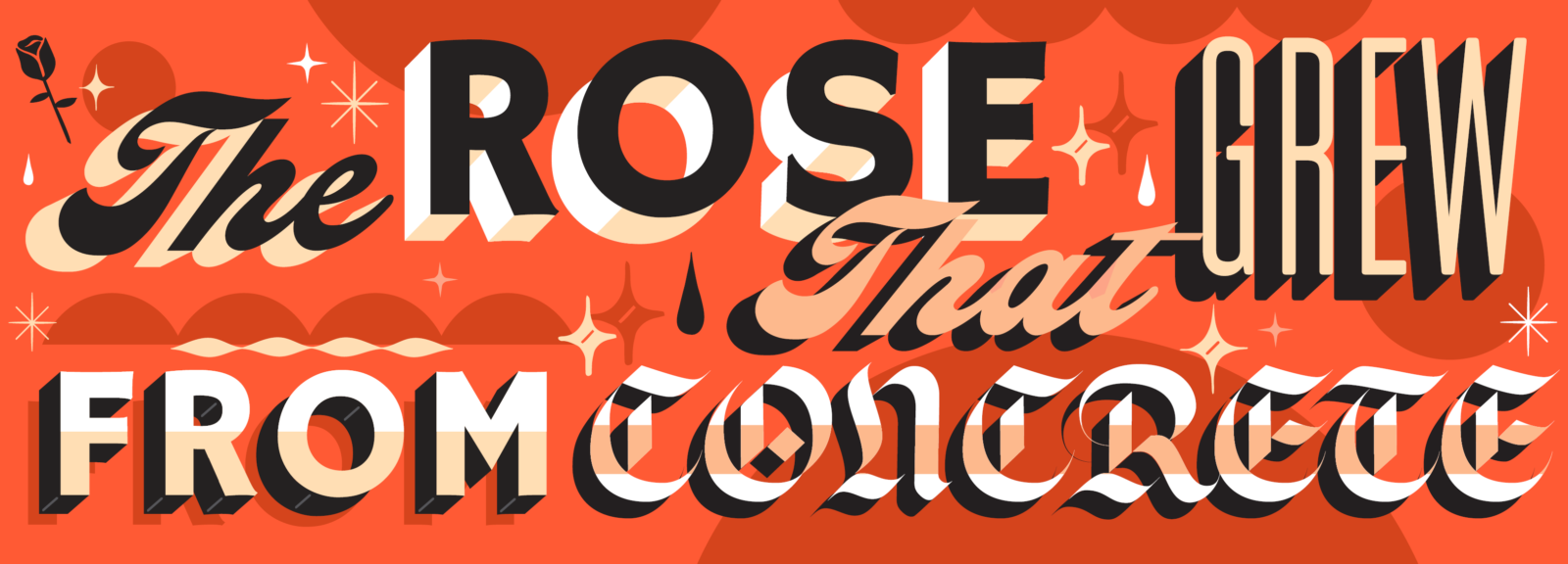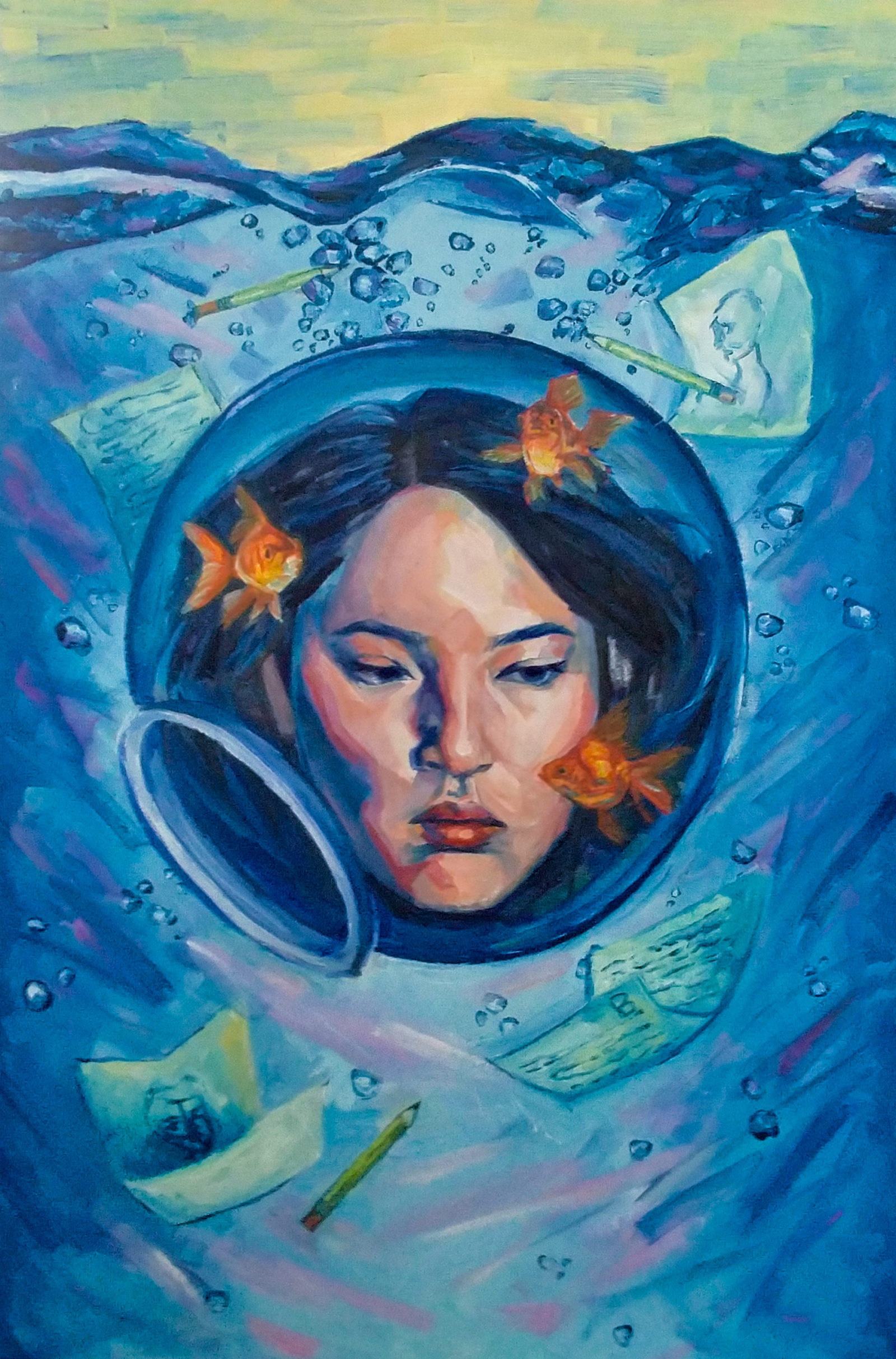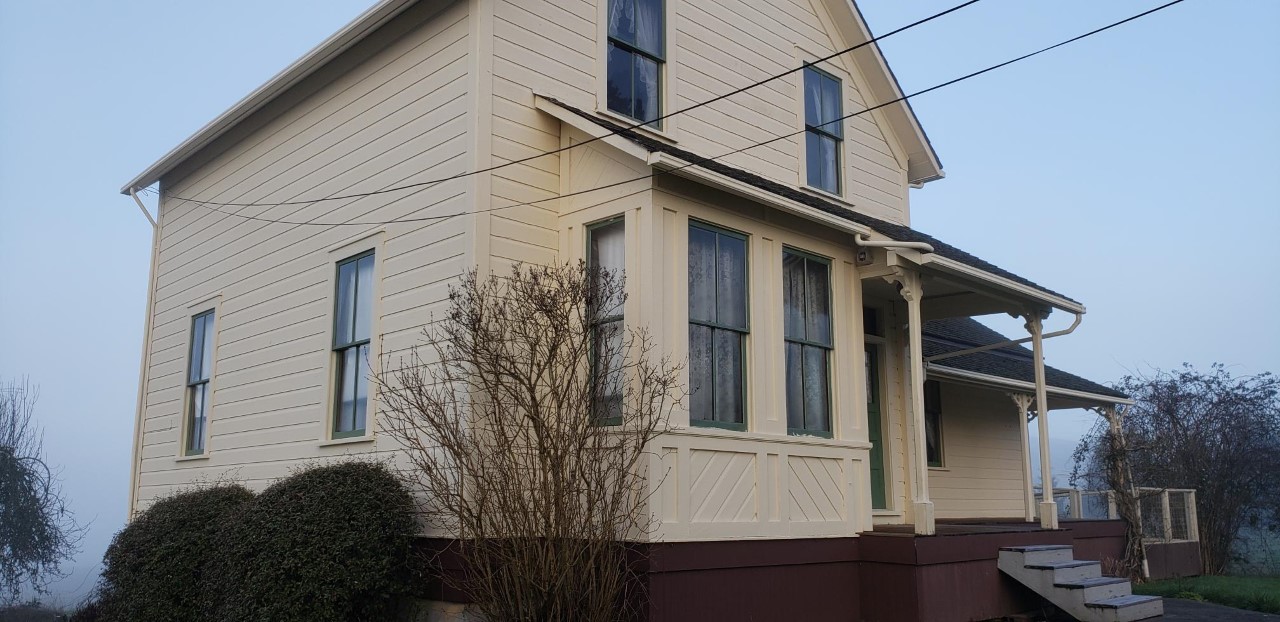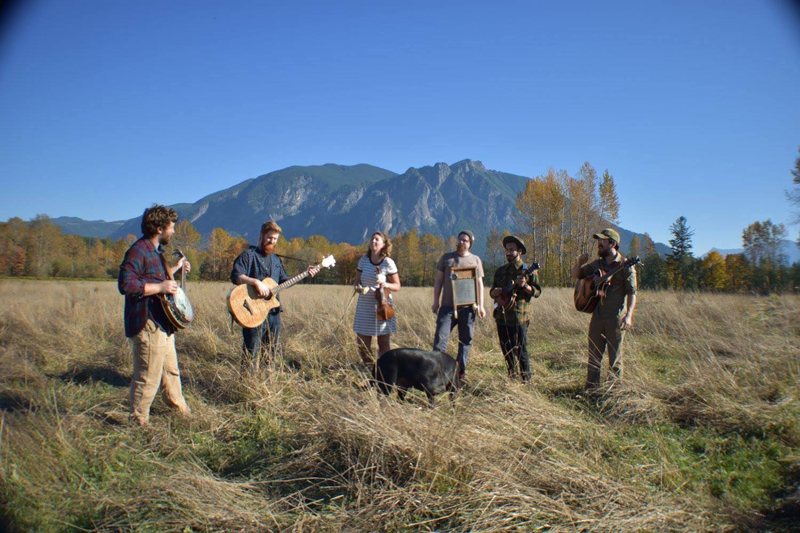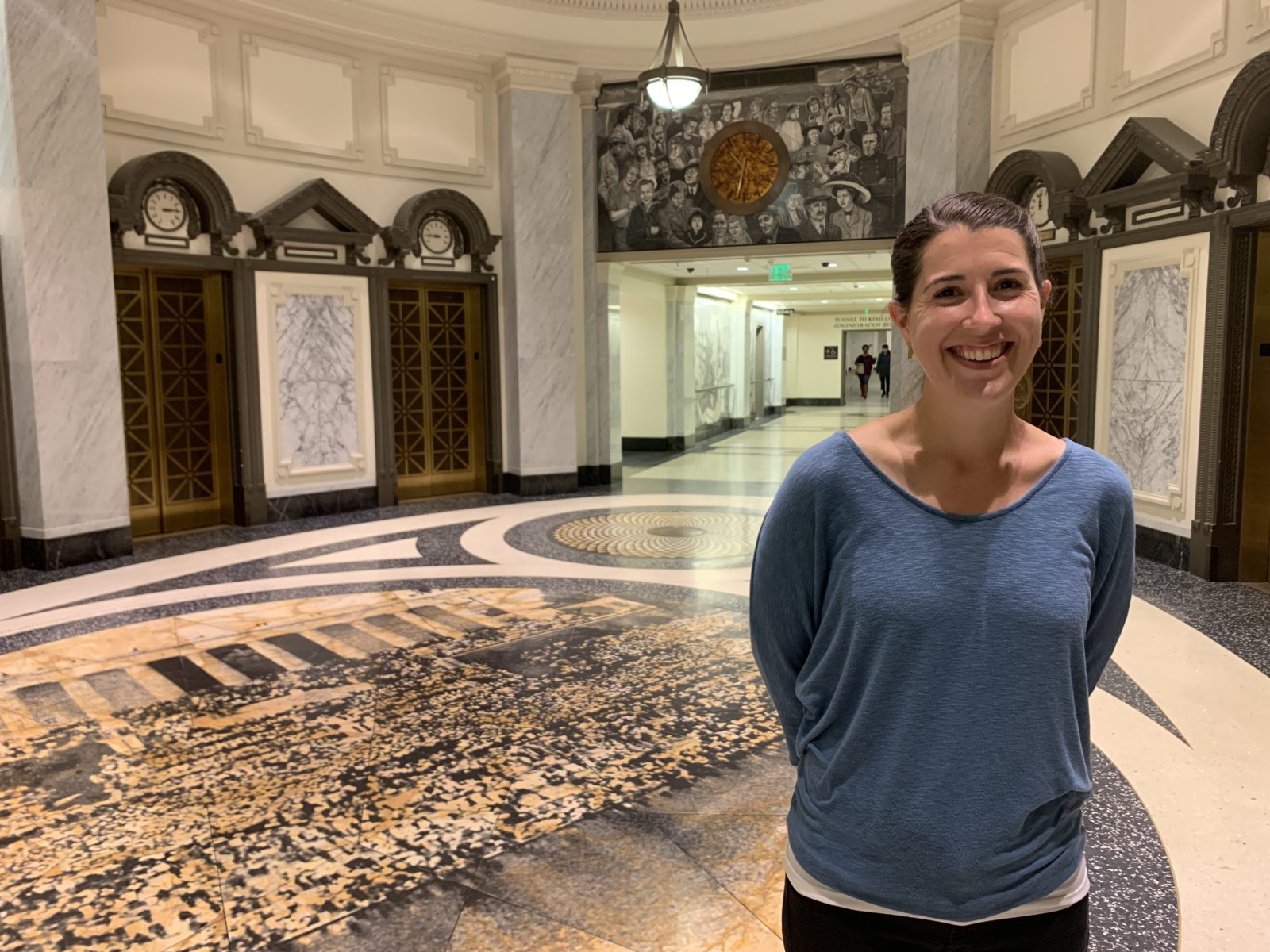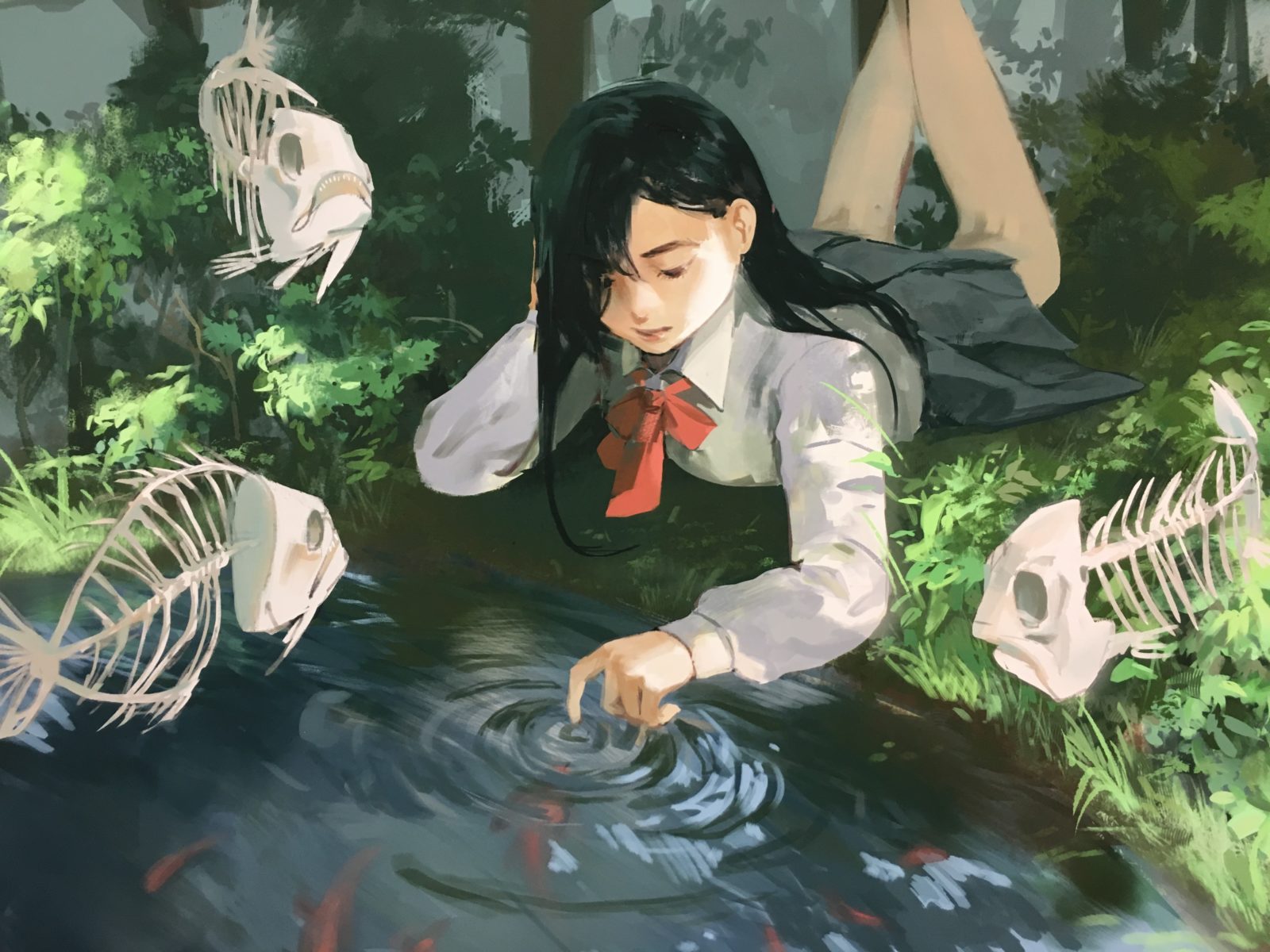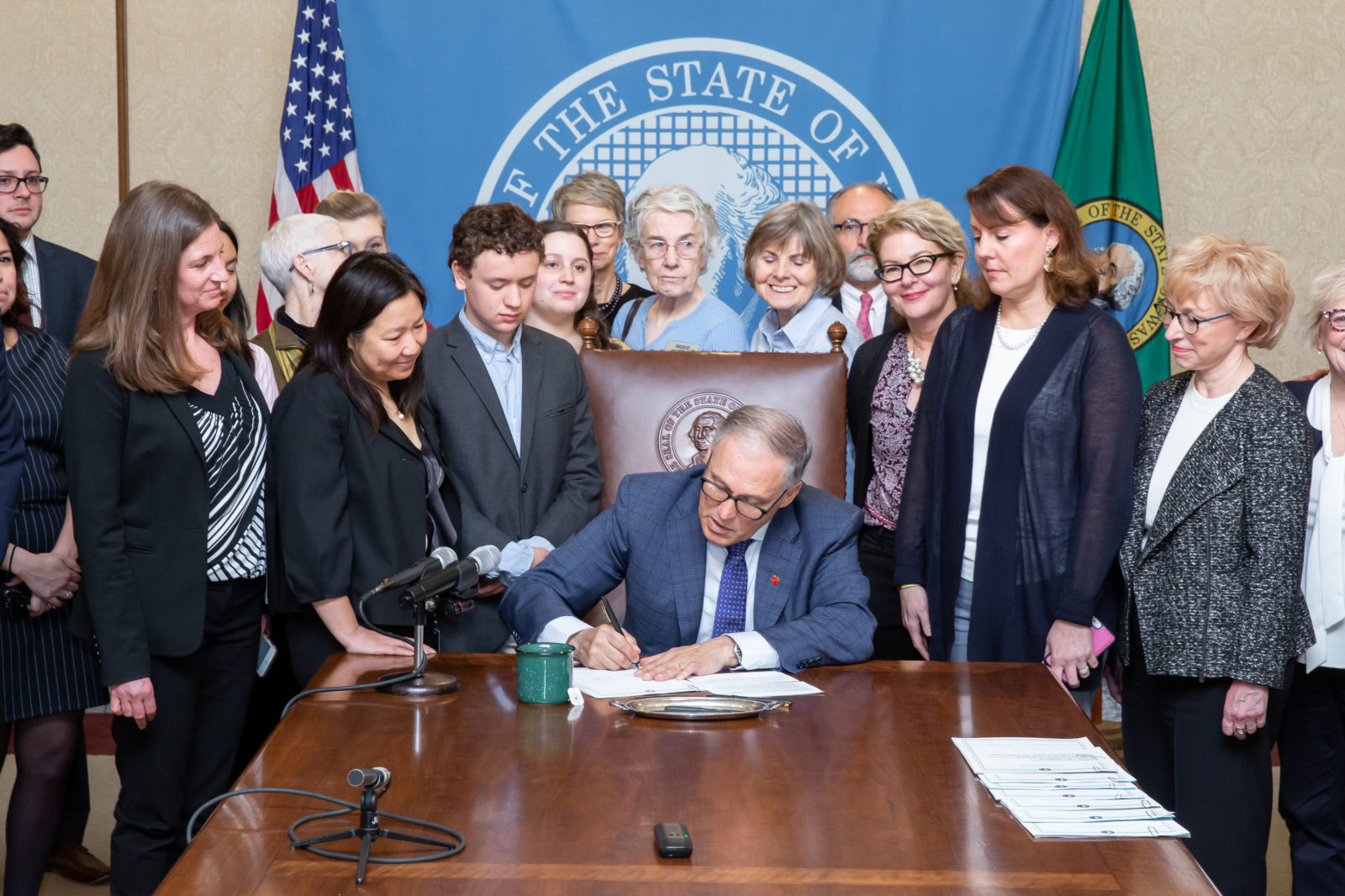Continue Reading ›
It’s been a bittersweet month at 4Culture! After 20 years managing our funding programs Deputy Director Deb Twersky retired, leaving an incredible legacy of compassionate and expert support for cultural organizations in King County. Stepping into the role is Joshua Heim, who comes to us from the City of Bellevue’s Arts Program and Community Development Department. In the midst of reviewing budgets and project files as they passed the baton, the two sat down for a conversation to look back as well as forward. The edited transcript is below:
Joshua Heim: Deb!
Deb Twersky: Josh!
JH: Hey, you’ve been working here for a long time. In arts and culture, probably even longer.
DT: Yeah!
JH: So what’s changed and what’s stayed the same all these years?
DT: When I started working, I thought I would be working in museums. That’s where I worked first, and at that time, the museum world was 100% male and white, and museum leaders were making a transition from being very wealthy people who had these collections that turned into museums. And it wasn’t really even a legitimate line of business. It wasn’t something you went to school for, you just became the museum director. It was this sort of rarefied atmosphere. So that part of working in this field is just fundamentally revolutionized, right? Completely changed. The workforce has changed. The nature of this as a business. Think about the value of the U.W. Museology program, or the Seattle U Arts Leadership Program. There was no such thing at that time. It’s fundamentally shifted the kind of people in the field. The kind of things we aspire to.
So what hasn’t changed at all is the arts at the center of it, the artists. The creative people, the writers, the historians who want to change the status quo and want to use their voice, their vision to make the world a different place. And this overwhelming and overriding sense of culture as being a thing that binds us together, and that lets us imagine each other’s worlds. That was always at the center of it. It might have been at the center of it for those guys who are opening their family’s mansion and collected stuff, but it certainly has been the one throughline for me in our work.
Think about 4Culture and King County 10 years from now. You have such great insight into it from different places physically, different places in the county, different roles. Where do you see it going?
JH: Yeah, so I think about this question a lot. I had this idea—and I hope King County can lean into it—which is to be the country’s first equitable cultural system. A cultural system that would deliver cultural opportunities and experiences to people where they are. Think about the library system, right? And how we as a society are endeared to them and rely on them, in particular here in King County, I think. It serves as a really interesting model, because they blur the lines of literacy, basic needs, and community in ways that I think are super exciting. So for instance, in King County, in the county library system, you can find a seed bank. You can find a tool library. You can go to a maker space.
DT: I think King County libraries are in the vanguard of providing social services as well. Having trained social workers as they do in San Francisco actually taking that step and working with people and saying, “You’re at home here, you’re welcome here.” Yeah, it’s an incredible system.
JH: It’s really interesting and I think with 4Culture’s new focus on racial equity, to me, this notion of a cultural system just seems like the natural end—when you take access and equity to its radical ends as applied to the cultural sector. That’s what I think about. Of course, we famously can’t think about tomorrow. It’s almost sci-fi. But in 10 years I would love to see that. There’s also another project that has been in the back of my mind. I’ve never been able to figure out how to do it. I think it’s far deeper and it’s this: I would love to see the end of the starving artist.
DT: Yeah.
JH: You know, before I got into arts and culture, I had a stint in social services and I stepped, very briefly, into the food security world, so: hunger. I directed this coalition of soup kitchens, advocating for their needs, helping them. I take the notion of hunger really seriously, both metaphorically and literally, and why I think this is so pernicious is that it gives people permission to devalue other people, other human beings. I can’t see a world where arts and culture fully step into their power, and fully step into their potential, if at our core, our society continually devalues us.
DT: I agree. When you’ve had that said to you—”But you love your work, you don’t need to be paid for it.”
JH: Yeah. It’s a way of perpetuating oppression, right? And I don’t know how much of that ties to the creative economy, to creative workers being paid. Because the folks who are doing orchestral scores for video games are finding themselves propelled into a different world, because they are artists who are no longer poor. They’re in a creative economy that here, in this place, works in ways it doesn’t in other places.
DT: So I know folks whose kids graduated in music and are now working in that field. It’s a different vision than they had of their lives as symphony musicians, you know what I mean?
JH: I understand what you’re saying because having been in Redmond and Bellevue for eight years, right? The center of the gaming industry in the region, and these conversations about the creative economy. What’s going to bridge us? What’s going to be a bridge for today’s parents to really give support to their creative children? Right now, I know a lot of parents who would say to their child, “Yes, if you want to be an artist, that’s great.” And then bite their nails, right? You know, after they tuck them in at night go, “Oh my god, what are we going to do?”
DT: “Stem, not steam!”
JH: [laughs] Yeah, “Please take math.” If the gaming industry is a way to bridge these parents into seeing arts and culture less as a threat and as a dead end, and more as a potential and as a life choice, great. The next five years, the next 10 years, let’s do it. You know, let’s use that bridge and once we get there, what’s the next bridge? How do we climb ourselves out of this perpetual marginalization? I always say, “If you can’t do it here, then where?”
DT: Ten years ahead, where do you see the communities in King County? Will everybody have been pushed out of Seattle? Will all the cultural communities be in the suburbs?
JH: Well if you look at demographic trends, there’s two things going on. There’s what you’re saying, but what we’re also seeing are new immigrant communities who are establishing themselves in suburban communities. In Bellevue, we knew that something like 85% of the overall population growth was due to foreign-born residents moving there. What I love to remind people is that it’s our suburbs that are actually the center for communities of color. They’re growing. So this idea that the inner city is a location of need, and intervention—
DT: —it’s a, “Yes, and…” for sure.
JH: Yep. Absolutely. Absolutely. Yeah. So, you and I are about to head into your last 4Culture board meeting. And my first as Deputy Director! What advice are you going to give your board members and 4Culture leadership as you depart?
DT: It is so hard to bring together a group of people who are selected because they have passion and interest in an area, and then say to them, “Take the big view. Stand above all of that. Stand above your passion, and look at the whole of 4Culture.” I always believed and I continue to believe that the four pieces of 4Culture are remarkable and offer so much opportunity for partnering and for working together, and for community-building. So I think for the board members, that willingness to move past where they are to be in this room of a whole, and look at the entire county is going to be critical. It’s been a great joy for me. So that’s what I hope going forward.
JH: In that framework of seeing the whole, what’s the biggest opportunity that you don’t want us to lose sight of?
DT: I think intentionality in funding. Seizing, in some way, the ability to be intentional and invest. Not to wait for the perfect project or the perfect time but to be able to say, “We’re going to make this intentional mark here. We’re going to try this new program.” I mean, the great thing about 4Culture’s always been, “You want to try something? Try it.” There’s been a general open door policy. Now, maybe you have to do it on a shoe string, but you can try it. The most important new thing for me would be to pick some places and do intentional investments in them.
JH: What’s the unfinished project that sadly you’re leaving behind? Or the project that you always wanted to do?
DT: To really get serious about access for disabled communities in cultural spaces all over, and really support that. I feel like I’ve started that in some ways, you know? We got the hearing loop initiative going. I want to see that move ahead.
What inspired you to start a career in arts and culture?
JH: I think fundamentally I believe culture is the original basic need. And you know, I’m talking culture with a big “C.” Language, identity—
DT: —community.
JH: —community. Society. Meaning without those things, we don’t exist. Just fundamentally. I’m going to put that on the table. And I came into that awareness, right? I was a drama club kid, and I danced hula. I’m from Hawaii. I went to an arts conservatory that was trying to feed us into BFA programs and at the same time, I’m doing hula, which we would label as a folk art. Which they practice in the elementary school that my mother taught at in a portable starting a 7:00 pm, flickering lights. That was just sort of how I grew up.
DT: A kind of bifurcated experience there?
JH: That’s right. So what’s the commonality? Well, we were both marginalized. In theater, we were marginalized for being creative and for having new ideas, just for being out there. And in the hula world, they were marginalized for being who they were, Native Hawaiians and the history of colonialism. I was dealt these two identities that are both marginalized, but all that I see are just completely compelling and legitimate ways to live your life, and earn a living. So what inspired me to get into this is that I can be close to the ideas. I can be close to artists. The things that continually inspire me are when I actually see a proposal—whether it’s a project proposal or just having coffee and hearing, “Hey, I have this idea for a project in my neighborhood and that lights me up.” That’s what keeps me in the game, that’s what it’s about for me.
DT: Yeah, I felt like I had something—when I sat with the artists that I knew, I had something that I could help with. I could read a spreadsheet. I could apply for that grant for them. I could figure out how to get a space and rent it, and get people in the door. That was the passion for being on this end of it, for me. I mean, I have been so privileged here to have people share their dreams with me. That’s what people are doing all day is coming in and saying, “I have this idea. I think we can do this. Maybe it’s crazy.” Being able to be that cheerleader. I’m not the person that’s going to implement the project, they are. But if I can make it easier, if I can be their supporter—not necessarily always with dollars. We have long term relationships. We’re not funding the entire world—we’re here. We’re part of this community. So yeah, I agree with you. That’s the passion for me as well.
What would you say is the biggest challenge for people just coming into this field now?
JH: I think it’s scale. I say scale, because it’s always dogged me. Throughout my career, if I had an idea or the community had an idea or the artists had this idea—we would try it. We would pilot it. We would do a mini version of it. So many of the them never grew, right? It’s a resource issue, partly, but problems today are complex. They are interrelated. They are dynamic in ways that forced me to climb really high altitudes to get perspective, and then have to turn around and dive really deep. You know? Painting eight foot tall golden eggs on the weekend.
DT: Washing the dishes after the event.
JH: Scooping poop. I have scooped poop in a downtown park.
DT: For sure. I think as creative people in a building full of creative people, we’re aware ideas are not unusual here. There’s a million incredible ideas out there. The hard thing is really finding that resonance. Maybe for me, that’s why, again, those four branches of 4Culture are so important. When I see things that bring different pieces and communities together, then it starts to really resonate for me. I think, “That’s got legs.” Some partners might change, but there’s enough strength there in the unity of those things that doesn’t exist in them separately that could allow this to continue. I feel like some of the long term projects where I really feel that 4Culture’s made a difference—I see that it’s those kind of projects.
JH: What I just heard in that is: working through lenses of coalition, of interconnectivity. Going back to the whole starving artists stereotype—I think that is actually related to this idea of individuality. Hyper individuality.
DT: Totally—this myth of always needing isolation in order to flourish, right?
JH: I totally agree with you, and then would even maybe amend the whole scale thing. Scaling your idea up means you’ve got to figure out partnerships and collaboration.
DT: Yeah. It’s long work, and I think some of the great things that have happened here did that. I was thinking about what projects we’ve supported over the years. I was thinking of being at Mukai Gardens for the first Japanese festival last year. I just hadn’t kept up with their progress, I lost track for about six months what was happening and I got there—I couldn’t get anywhere close to park and I was walking on a lane where a barbed wire fence had been. And I realized the gate was open and everything hit me and I just burst into tears. The people in that community brought artists and historians and Parks and Rec people to the table. And it’s there. It’s happening now. There is an incredible satisfaction in just being a tiny piece of that through the years.
JH: You know, one thing I would say, having interfaced with 4Culture from the outside for eight years is that you’re the conveners, you connect people. Right? You lead with the yes and you want to see things happen.
DT: Absolutely. The danger in being the funder is you’re not on the ground anymore. You’ve got to still be boots in the field—to be really close to organizations that are producing projects, to remember what it’s like to not make payroll. So I would say to you, push for that.
JH: Thank you.
DT: Maybe you’ll create your own program!
JH: Uh-oh!
